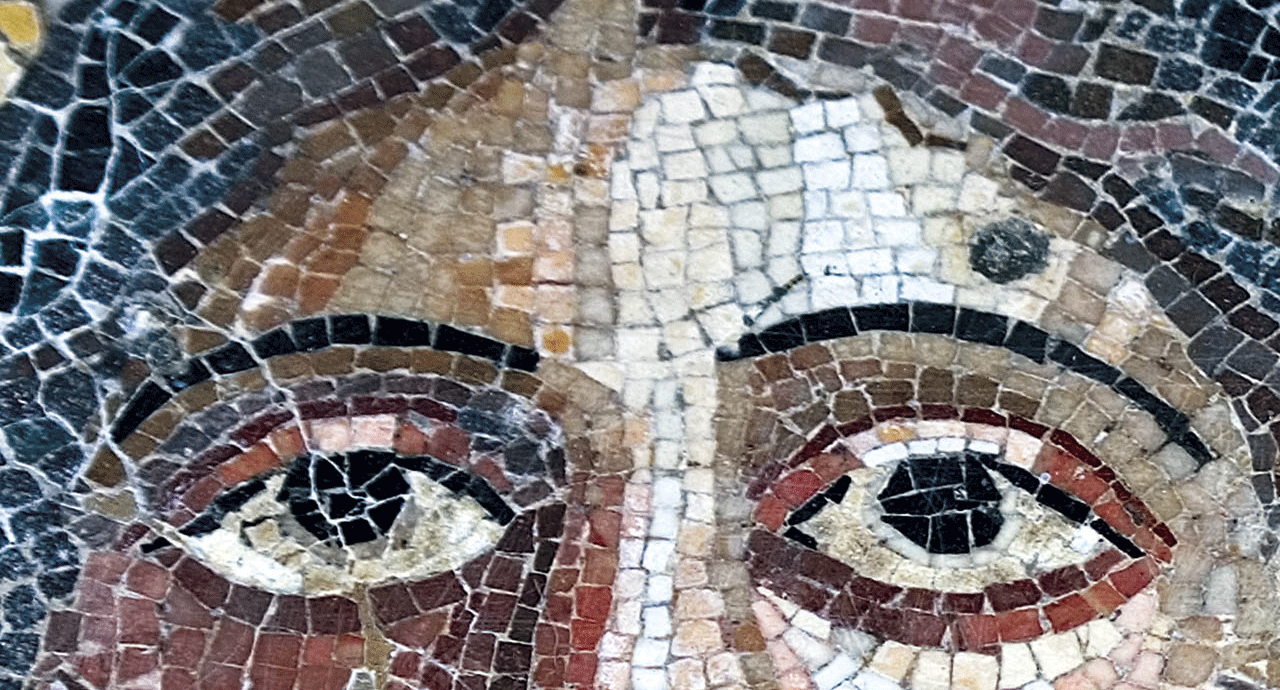Our Latest Blogs
from around the Maltese Islands
Domvs Romana
If you want to feel like a Roman aristocrat for a moment, direct your steps to the outskirts of Rabat. The Domus Romana will allow you to move your mind to a quieter, cleaner Malta and discover the secrets of the life of a Roman Aristocracy family.
This place was discovered in 1881 by a miraculous accident while planting trees. The unique polychrome mosaic floors and artifacts recovered during the excavations indicate that the domus belonged to a wealthy aristocrat. In the center of the house you will be amazed by the peristyle courtyard with mosaic floor. This mosaic and mosaic floors of two adjoining rooms have retained their splendor and were exhibited on site, and around them in 1882 a non-standard museum was built, which still protects the mosaics and allows visitors to use their imaginations. In addition, such wonderful mosaics could be found not only in the home of a wealthy person, but perhaps the governor of the island or an important businessman. Their central location indicates that this is where important meetings took place in the house. This place is also the oldest museum in Malta.
The Domus Romana was probably located in the main square of the Roman city of Melite (today's villages of Mdina and Rabat). During the Arab period (870-1091), this area was outside the city walls of Malta's new capital Medina and, ironically, became a cemetery. The perverse event is combined with the obligation to bury the dead outside the villages. Islamic tombs can still be seen right next to the original entrance to the Roman Domus.
It is worth knowing that in addition to the exhibition of Roman artifacts found in Rabat and the surrounding area, other Roman artifacts were brought to the museum, but also exhibits from the Islamic period of Malta found on the island. All this allows us to admire an intriguingly rich collection today. The museum has been significantly modernized over the years and the exhibitions have been significantly improved, most recently in 2011.
Thanks to historians, we know that the house belonged to someone from the highest social class, with high connotations in Rome, as evidenced by two statues of members of the family of Emperor Claudius, carved in marble. Such a discovery in a private home is a unique phenomenon in the Roman world and is known only in a few cases.
Whoever the rich owner of the house was, he was certainly the most important there. The master of the house (pater familias) had unlimited power over its inhabitants and could do anything without explanation or consequence. The daily life of the pater familias was different depending on his social status. Probably for the Lord of today's Domus Romana, the mornings were filled with visitors who paid tribute to him and came to do their business. After accepting the honors, the master of the house went to a well-deserved rest (otium), choosing to visit a bathhouse or participate in a feast.
The woman (matron) then had very few rights and was always dependent on her husband or sons. Their most important task was to educate children at home and to distribute household tasks to their slaves.
During your visit to Domus Romana, you will also have an insight into interesting exhibits of everyday use, including kitchen utensils and accessories thanks to which the Romans took care of their appearance. Combs, hairpins and Roman jewelry, which are very rare today, are especially interesting. These have survived the centuries, giving visitors an idea of ??that luxury to this day.
The wealth of artifacts that we have a chance to see after 2,000 years gives us an unforgettable opportunity to gain insight into our cultural heritage.
Without a doubt everyone who decides to visit Domus Romana will be delighted with its uniqueness.

